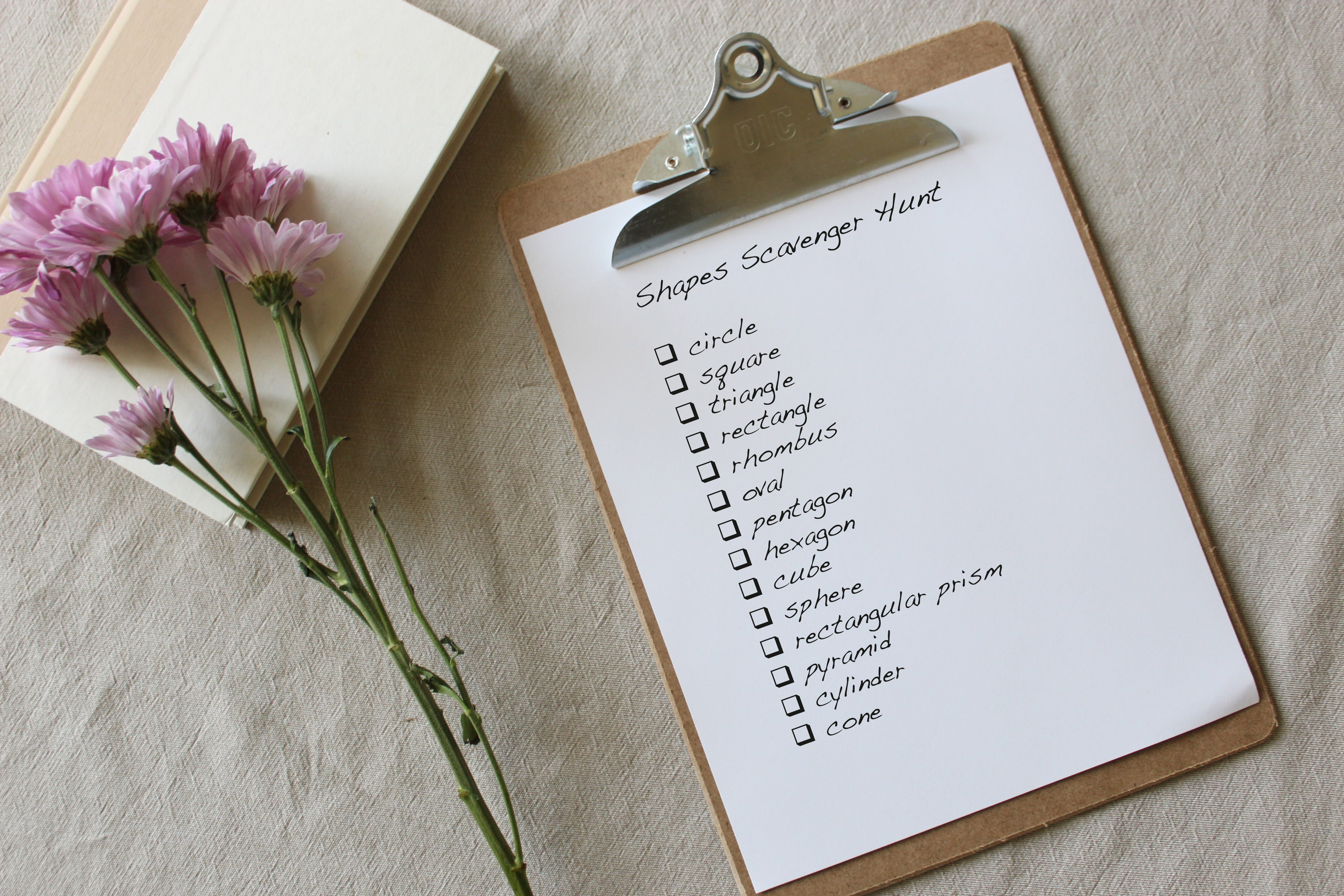
Tips for Staying Active During the School Day
At Walkabouts, we understand the importance of staying active during the school day — especially in the colder months when the weather may keep everyone indoors. Movement during the school day not only has health benefits, but other benefits as well, including boosting students’ cognitive abilities, enhancing their creativity, and improving their understanding of concepts. In addition, frequent movement opportunities can help increase student participation and engagement.
MOVEMENT-FILLED TRANSITIONS
In elementary classrooms, many activities happen each day. With different subject areas, specials classes, visits to multiple places around the school building, and much to learn and do, school days can be a whirlwind of instruction. As your class transitions from one activity to another, incorporate movement. Movement transitions can be especially beneficial if the next task requires students to stay seated.
While some students may be eager to begin the next task, some might be hesitant. Putting movement-filled transitions in place helps students come together as a class as they prepare for the next activity. Starting a transition as an activity wraps up serves as a subtle reminder that something new is coming.
Students who have finished their tasks, put materials away, and completed necessary clean up should gather by their respective desks or in a common area of the room. Start by doing 8-10 reps of basic exercises, and repeat 2-3 times. Add exercises if time allows. Quick exercise ideas include arm circles, criss-cross feet, jumping jacks, lunges, hopping on one foot, knee touches, toe taps, marching or running in place, and squats. Write ideas on slips of paper or craft sticks, and place them in a container. Select an idea at random to ensure a variety of movements. If students are transitioning to a quiet activity, consider slow stretches, yoga poses, deep breathing, or other calming movements.
MOVEMENT BREAKS
Even in the middle of a lesson, students may become restless, rowdy, or bored. Signs that a movement break could help are when students shift in seats, don’t pay attention, or exhibit visible signs of being tired (such as putting heads down or yawning). Instead of forcing students to push through the lesson, pause for a quick break, and then return to the lesson. Movement breaks allow students to refocus and reset while releasing some energy.
- CROSS-BODY MOVEMENTS: Cross-body movements coordinate both sides of the body to get them to work together. Have students stand up and put their left hand on their right shoulder and right hand on their left thigh. Then, have them switch when you say, “Switch!” While modeling the movements, direct students to switch hand positions with increasingly quicker intervals. If the dual movement is too advanced for your students, simplify the movement, or try one movement at a time. If your students like to dance, “Macarena” includes several cross-body movements!
- TOSS TO EVERYONE: In this game, students will toss a soft ball or small soft object (such as a sock tied in a knot) to each other. Have students stand in a large circle. The first student with the ball should toss it to anyone in the circle. The next student should toss to anyone except the first student, and so on. Students should not toss to a student who has already caught the ball. This collaborative brain break gets the class working together while problem-solving. When introducing the game, consider asking students about strategies to ensure no one is repeated. Students may decide to hand the item off in a clockwise or counterclockwise manner. If desired, tell older students they can’t pass the ball to the classmate on either side of them.
- WOULD YOU RATHER?: Create a set of questions that ask students to choose between two options. Questions may include the following topics or more creative options and should be phrased similarly to the following: “Would you rather see a lion or a tiger?” Example options are in parentheses below.
-
- animal preference (lions or tigers)
- school subject preference (math or science)
- favorite book, character, TV show, or movie (Clifford or Curious George)
- food preference (peas or carrots)
- recess activity preference (swings or four square)
- favorite sport (soccer or basketball)
- favorite color, season, or month (blue or yellow)
Designate areas of the classroom as answer spaces. For example, establish a place near the front of the classroom for the first choice and near the back for the second choice. Have students gather in the center of the classroom. Ask a question, tell students a way to move (skip, jump, slide, shimmy, etc.), and have students move to the area that matches their choice. Students can also stay where they are if they are unsure or are unable to make a choice. If desired, ask students to submit their own “Would You Rather?” questions to use throughout the year.
CLASSROOM MOVEMENT CALENDARS
Ask students to brainstorm ways they can move and learn together. Gather their ideas and build a monthly classroom movement calendar. Encourage students to come up with movement ideas that they enjoy, and adjust the ideas to fit your curriculum and/or monthly events. For example, if students want a music/song activity, have them think of songs that fit what they’re learning about (such as “Head, Shoulders, Knees, and Toes” when younger students are learning about the human body). Assign ideas to days of the school week, and make sure the movement is completed by the end of the day.
To read our educational ideas for cold weather months, check out Winter Outdoor Activities for Language Arts and Winter Outdoor Learning Activities for Math and Science.
Walkabouts are web-based lessons that activate pre-K through 5th grade content with fun, standards-based movement. As a curriculum supplement, Walkabouts integrates language arts, math, and reading content with real exercises, making active learning easy! With subscriptions that fit a variety of learning environments, there’s sure to be a Walkabouts plan that’s right for you.





